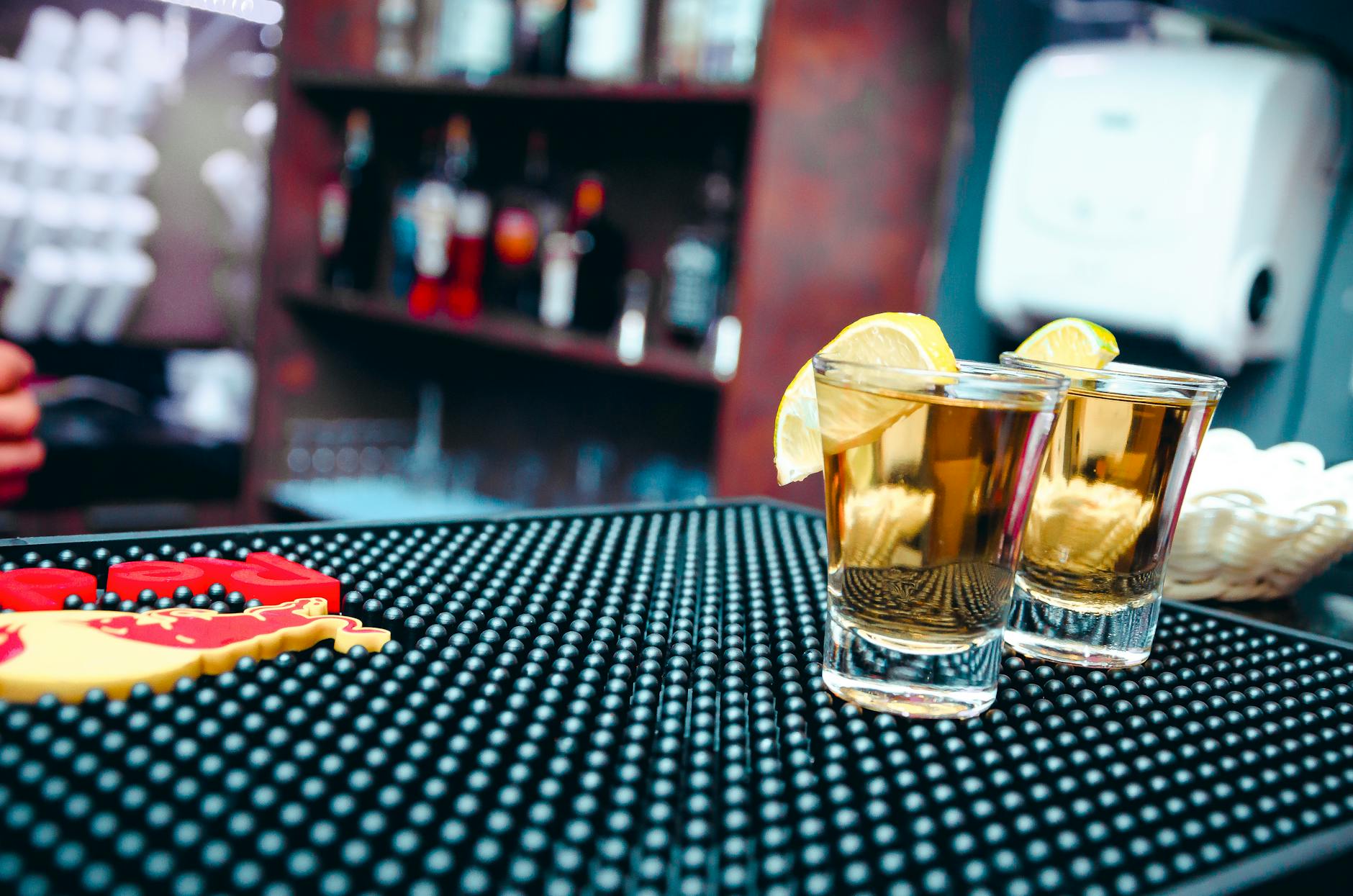
On Friday March 2019 around 2 a.m. Rodney Ballard was arrested by a Paxton police officer for operating under the influence of alcohol (OUI) second offense.
The officer claims that he saw Rodney speed around another car that pulled over to let an ambulance pass.
When the officer stopped Rodney he noticed the usual indicia of intoxication: slurred speech, glassy/bloodshot eyes, and the odor of alcohol.
According to the officer, Rodney performed poorly on the field sobriety test. The officer also claims that Rodney admitted to drinking a nip that night. He was given a portal breath test which resulted in a .12 BAC. Ultimately, the officer concluded that Rodney was intoxicated and placed him under arrest.
Rodney refused the breath test at the police station.
Officers towed Rodney’s car following the arrest and, according to the police report, found 6 empty nip bottles in the vehicle.
At trial, the evidence against Rodney consisted of only the field sobriety test, the admission to drinking one nip, and the officer’s testimony that Rodney appeared to be drunk.
Before the case was submitted to the jury, Rodney’s lawyer moved for a required finding of not guilty which the trial judge denied.
The jury convicted Rodney and his attorney filed an appeal.
The appeal argued, in part, that the trial judge error in denying the motion for a required finding of not guilty.
The Appeals Court upheld the judge’s decision.
According to the Appeals Court,
When reviewing the denial of a motion for a required finding of not guilty, we take the evidence in the light most favorable to the prosecution to determine whether any rational trier of fact could have found the essential elements of the crime beyond a reasonable doubt. (Citations and quotations omitted.)
Applying that standard to the present case, the justices found no error in the trial judge’s decision.
[T]he defendant’s speech was slurred, and his eyes were glassy and bloodshot. The officer detected a smell of alcohol emanating from both the defendant’s car…and the defendant’s person. The defendant confessed to consuming alcohol and performed poorly on standard field sobriety tests by failing to comply with instructions, stepping off the line and leaving large gaps between his steps in the heel-to-toe walk-and-turn test, using his arms for balance, and simply declaring that he could not complete the one-leg stand test. This evidence was sufficient for a rational jury to find that the contested element of each charge was proven beyond a reasonable doubt.
The full text of the opinion is attached below.